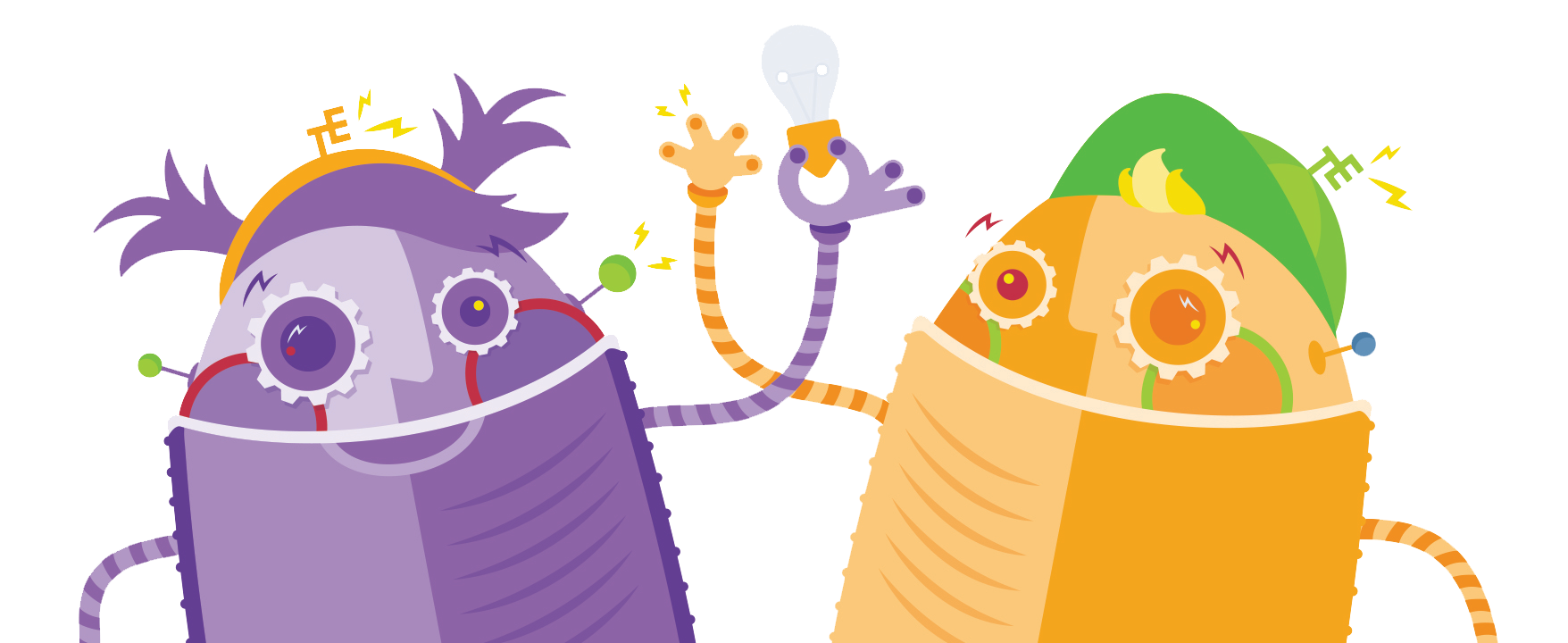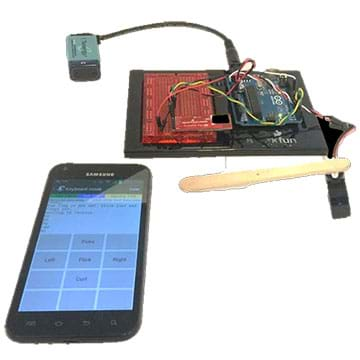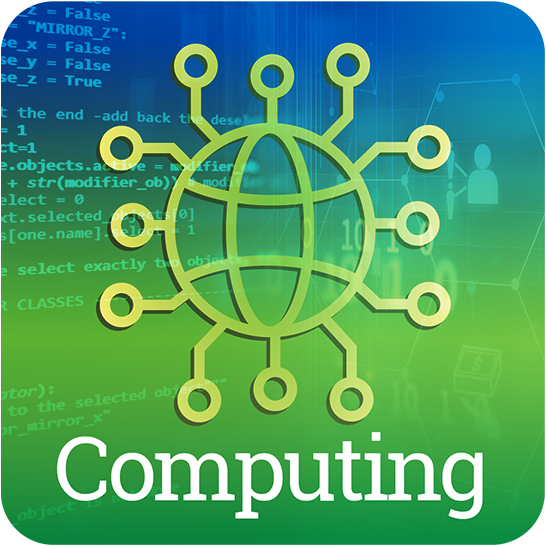Technology is the practical application of scientific knowledge and tools to address human needs and challenges. Engineers design technology that encompasses a wide range of devices, systems, and processes to simplify tasks, enhance efficiency, and improve our lives.
Technology is integral in making modern society function. It has transformed the way we live, work, and communicate. Behind every innovation, there are engineers who use technology to shape our world.
Engineers develop new technology, create tech that has never existed, or iterate on previous technological advances to drive progress in our society.
By integrating technology into K-12 education, students can make connections on how engineering and technology are woven together in their lives .
Between various types of devices like computers, smartphones, and tablets, as well as infrastructure such as communication networks and transportation systems, engineers design and leverage technology in all disciplines. Technology encompasses software, algorithms, and data processing techniques that enable us to store, analyze, and communicate information effectively, adding value to life around the globe.
Engineering and technology have revolutionized the world, empowering engineers to push boundaries and drive innovation. From streamlining design processes to harnessing the power of automation and artificial intelligence (AI), engineers use the power of technology to create efficient, sustainable, and cutting-edge solutions. They use existing technologies to create new and improved technologies that continue to build on each other. As technology continues to evolve, engineers will remain at the forefront of cutting-edge developments that will shape our future.
Our hands-on resources can help students make sense of all things technology including: computer science, robotics, coding, 3D printing, laser cutting, computer-aided manufacturing, and more. Encourage students to dive deeper into their understanding of how engineering and technology make the world a better place!


Technology Curricula

Empower your students to engage with technology through the engaging hands-on, design-based resources from TeachEngineering featured here, by grade band, that exemplify K-12 technology resources.
Grades K-2
- Engineering an Animal’s Survival Engineering an Animal’s Survival

Students perform research and design prosthetic prototypes for an animal to use for its survival. They research a set of pre-chosen animals and their habitats. They then create habitats for their animals to live and model 3D prosthetics for the animals to use with modeling clay.
Grades 3-5
- Circuits: One Path for Electricity Circuits: One Path for Electricity

Students learn that charge movement through a circuit depends on the resistance and arrangement of the circuit components. In one associated hands-on activity, students build and investigate the characteristics of series circuits. In another activity, students design and build flashlights.
- Sensors for Our Hearts Sensors for Our Hearts

Students explore heart health by using the engineering design process to create a model of a human heart and then use sensors to determine their success. Students will know their heart model is successful if the Arduino Nano Gesture, Proximity, Light & RGB sensor can classify if the student's model ...
- Making E-Textile Masks Making E-Textile Masks

Students learn about engineering applications in artistic venues by designing and creating eye masks that each contain three LEDs. They explore parallel circuits with their LEDs, and sew with conductive thread to create light-up displays on their masks, gaining hands-on experience in using engineeri...
- Algorithms and Everyday Life Algorithms and Everyday Life

Algorithms are one of the foundations of our technological world, and are driven by the scientists and engineers. This lesson is intended to get students interested in the inner workings of algorithms and the capabilities associated with them.
- Night-Light Pennant Night-Light Pennant

Students learn the functions of pre-programmed microcontroller units such as the LilyMini ProtoSnap as they use them to create light-up pennants with LED components. Students design their own felt pennants and sew on circuit components using conductive thread.
- See More
Grades 6-8
- Make a Shoebox Arcade Controller Make a Shoebox Arcade Controller

Students learn what goes on inside video game controllers by building their own, which shows them the use of simple circuits and switches. Inside a shoebox, they wire up a joystick and two arcade push buttons to a MaKey MaKey and a laptop by following a provided hole-cutting template and wiring sche...
- Efficiency of an Electromechanical System Efficiency of an Electromechanical System

Students use LEGO® motors and generators to raise washers a measured height. They compare the work done by the motor-generator systems with the energy inputs to calculate efficiency.
- You're the Expert You're the Expert

Student teams learn about and devise technical presentations on four reproductive technology topics—pregnancy ultrasound, amniocentesis, in-vitro fertilization or labor anesthetics. Each team acts as a panel of engineers asked to make a presentation to a group of students unfamiliar with the reprodu...
- Lasers, Let's Find 'Em! Lasers, Let's Find 'Em!

Students research particular types of lasers and find examples of how they are used in technology today. Teams present their findings by means of PowerPoint presentations, videos or brochures.
- Energy Efficiency Energy Efficiency

Students measure energy outputs and inputs to determine the efficiency of conversions and simple systems. One associated activity includes LEGO® motors and accomplishing work. The other investigates energy for heating water. Students learn about by-products of energy conversions and how to improve u...
- See More
Grades 9-12
- Tracking Movements with Metadata Tracking Movements with Metadata

Students become detectives as they learn to extract metadata from digital images, analyze the metadata and locate when and where the images were taken. Students also learn that if they can do this, then others can too, including law enforcement and criminals.
- Android App Development Android App Development

Students develop an app for an Android device that utilizes its built-in internal sensors, specifically the accelerometer. The goal of this activity is to teach programming design and skills using MIT's App Inventor software (free to download from the Internet) as the vehicle for learning.
- Build & Play Binary Digital Trumpets Build & Play Binary Digital Trumpets

Students wire up digital trumpets using a MaKey MaKey, learning breadboard wiring basics and using the digital trumpets to count in the binary number system. Teams play songs in a class concert.
- Build Your Own Arduino Light Sculpture! Part 2 Build Your Own Arduino Light Sculpture! Part 2

In the companion activity, students experimented with Arduino programming to blink a single LED. During this activity, students build on that experience as they learn about breadboards and how to hook up multiple LEDs and control them individually so that they can complete a variety of challenges to...
- A Closer Look at Natural Disasters Using GIS A Closer Look at Natural Disasters Using GIS

Students learn about maps and the global positioning system (GPS). Then they apply their understanding by using the free Google Earth Pro GIS software to explore past severe weather data for tornado and hurricane natural disasters in order to provide evidence-based recommendations to a (hypothetical...
- See More










































































